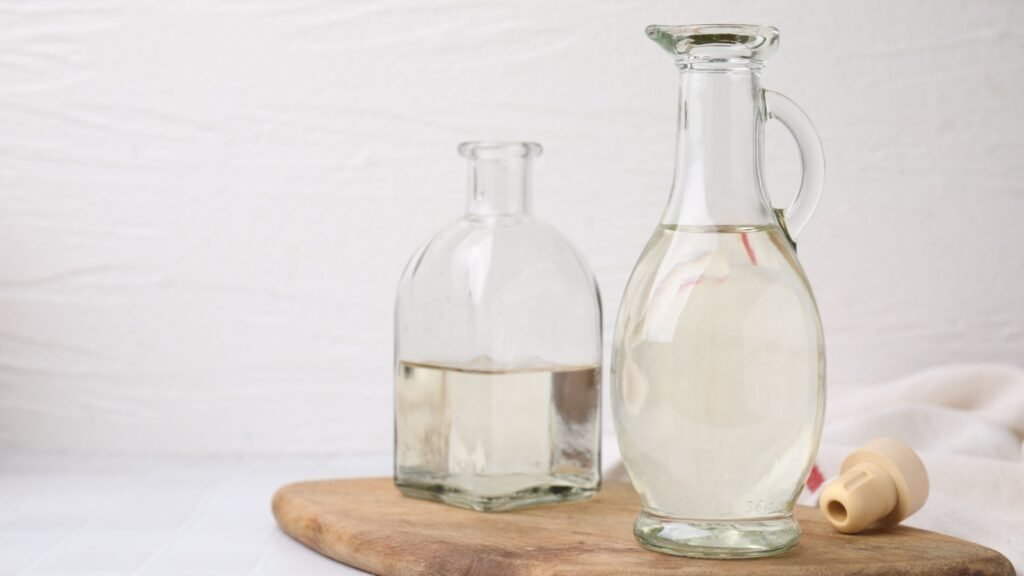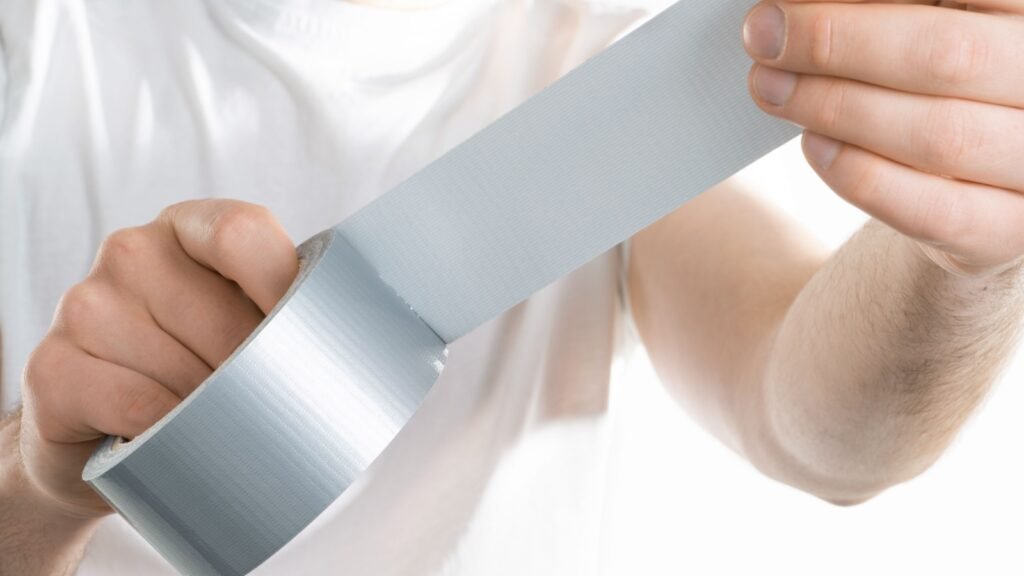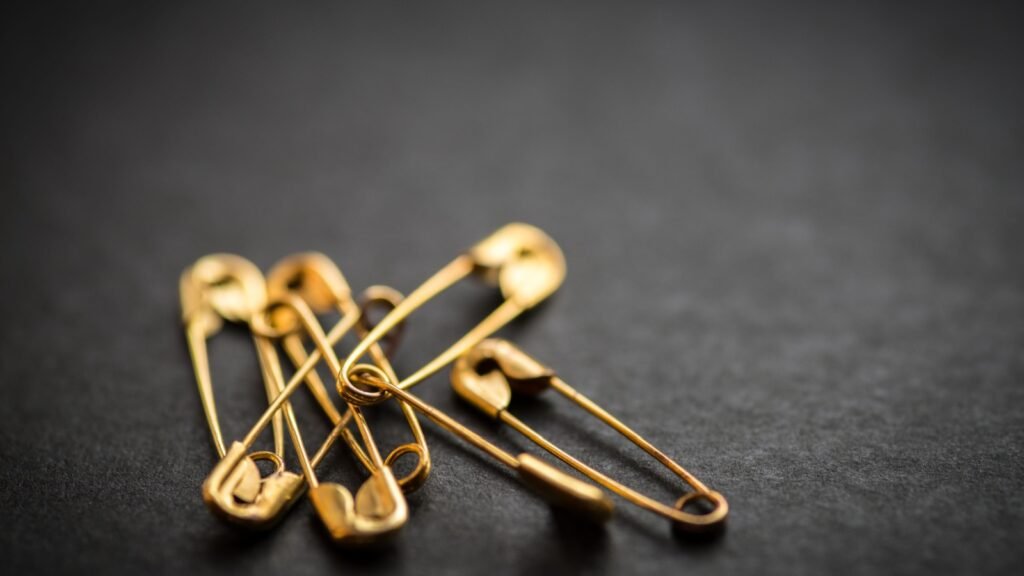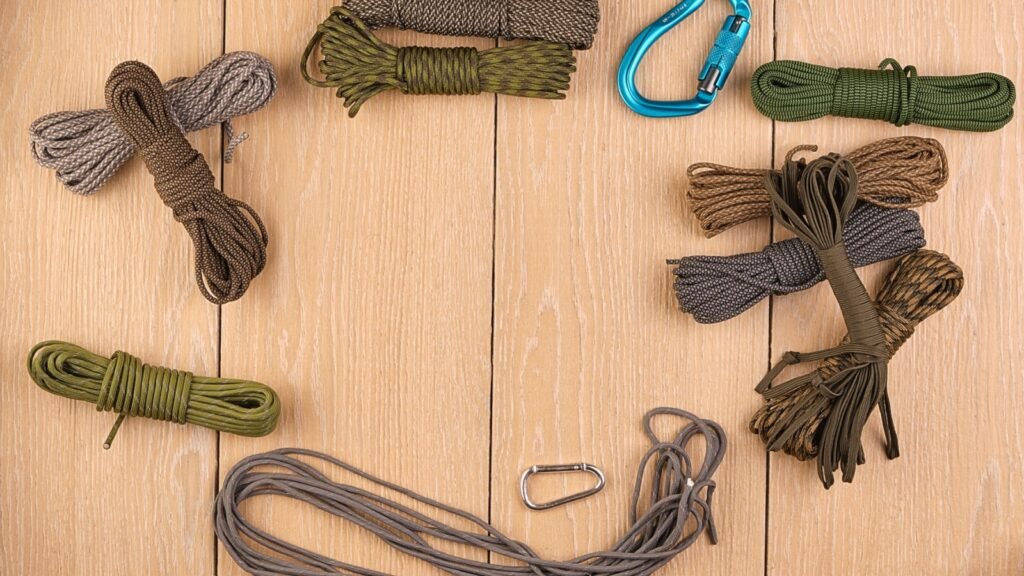Listen up. Building a solid stockpile doesn’t mean emptying your bank account. We’ve put these 25 critical items through their paces, and they’ve proven their worth time and again. They’re affordable, versatile, and built to last. If you’re just starting out, don’t worry about getting everything at once. Start small, focus on the basics, and build up your supplies over time. With some smart planning and savvy choices, you’ll have a robust stockpile before you know it without spending every last cent. Remember, financial stability is also a part of preparedness.
1. Rice

Rice is a staple in my stockpile. It’s incredibly cheap, with a 20-pound bag costing around $10. Rice has a shelf life of up to 30 years when stored properly in airtight containers. It’s also versatile and can be used in countless recipes, making it a great base for many meals. I’ve found that adding oxygen absorbers to the storage containers can extend the shelf life even further and maintain the rice’s quality.
2. Salt

I always keep plenty of salt on hand. It’s not just for flavoring food; salt is essential for preserving meat and vegetables. A 4-pound box of kosher salt costs about $3 and lasts indefinitely. In a long-term emergency, salt could become a valuable trade item. I also use it to create saline solution for cleaning wounds when other medical supplies are scarce.
3. Baking Soda

Baking soda is a multi-purpose wonder. It costs about $1 for a 1-pound box and has a shelf life of 18 months. I use it for cooking, cleaning, and even as a toothpaste substitute. In a pinch, it can also be used to extinguish small fires. Mixing it with vinegar creates an effective, non-toxic cleaner that I use all around my homestead.
4. White Vinegar

White vinegar is another versatile item in my stockpile. A gallon costs around $3 and has an indefinite shelf life. I use it for cleaning, food preservation, and even as a weed killer in my garden. It’s also effective for treating minor wounds and sunburns. In a survival situation, I’ve used it to help preserve eggs by creating pickled eggs that last for months.
5. Bleach

Bleach is crucial for water purification and disinfection. A gallon costs about $3 and can treat up to 3,800 gallons of water. Just remember that bleach has a shelf life of about 6 months, so rotate your supply regularly. I store it in a cool, dark place to extend its shelf life and effectiveness.
6. Candles

I always have a good supply of candles on hand. Tea lights are particularly cheap, costing about $5 for a pack of 100. They provide light and can even be used to heat small amounts of food in an emergency. Plus, they have an indefinite shelf life. I’ve found that placing them in small mirrors or aluminum foil reflectors can significantly increase their light output.
7. Matches

Matches are essential for starting fires. A box of 250 strike-anywhere matches costs about $2. I store them in airtight containers to keep them dry. Waterproof matches are slightly more expensive but worth considering for your bug-out bag. I also dip regular matches in melted wax to make them waterproof and longer-burning.
8. Duct Tape

Duct tape is incredibly versatile. A 60-yard roll costs around $5 and can be used for repairs, first aid, and even building shelter. I’ve used it to patch holes in tarps, repair tools, and even make improvised rope. In survival situations, I’ve used it to create makeshift shoes and to waterproof gear.
9. Plastic Sheeting

Heavy-duty plastic sheeting is a must-have in my stockpile. A 10′ x 25′ roll costs about $10 and can be used for creating shelter, collecting rainwater, or covering broken windows. It’s lightweight and takes up little space, making it perfect for both home and bug-out situations. I’ve also used it to create solar stills for water purification in emergency situations.
10. Soap

Basic bar soap is cheap and long-lasting. A 4-pack of unscented soap costs about $2 and can last for years if stored properly. In an emergency, soap is crucial for maintaining hygiene and preventing the spread of disease. I’ve found that grating soap and storing it dry can make it last even longer and be more versatile in survival situations.
11. Dental Floss

Dental floss is more than just for oral hygiene. A 100-yard spool costs about $1 and has countless uses. I’ve used it for sewing, tying gear, and even as a fire starter when combined with petroleum jelly. In survival situations, I’ve used it as a makeshift fishing line and to create snares for small game.
12. Aluminum Foil

Heavy-duty aluminum foil is a versatile tool in my prepping arsenal. A 75-square-foot roll costs about $4 and can be used for cooking, signaling, and even as an improvised solar oven. It’s also great for wrapping food to keep it fresh longer. I’ve used it to create makeshift cooking pots and to line the inside of my shoes for extra insulation in cold weather.
13. Zip Ties

Zip ties are incredibly useful and cheap. A pack of 100 8-inch ties costs about $5. I use them for securing gear, makeshift repairs, and even as improvised handcuffs in a self-defense situation. They’re lightweight and take up little space in a bug-out bag. In gardening, I’ve found them invaluable for securing plants to stakes and creating trellises.
14. Coffee Filters

Coffee filters have multiple uses beyond making coffee. A pack of 100 costs about $2. They can be used for water filtration, food straining, and even as improvised face masks. I always keep a good supply on hand. I’ve also used them as makeshift paper for writing important information when regular paper isn’t available.
15. Honey

Honey is a miracle food with an indefinite shelf life. A 1-pound bottle costs about $5. It’s not only a sweetener but also has medicinal properties. I use it to treat minor wounds and sore throats. In a long-term crisis, honey could be a valuable trade item. I’ve also used it as a natural energy boost during long hikes and in survival situations.
16. Hydrogen Peroxide

Hydrogen peroxide is a must-have for first aid. A 32-ounce bottle costs about $1 and has a shelf life of 3 years. It’s great for cleaning wounds and can also be used as a general disinfectant. I’ve even used it to purify water in a pinch. In my garden, I use it as a natural fungicide to treat plant diseases.
17. Isopropyl Alcohol

Isopropyl alcohol is another essential item in my first aid kit. A 32-ounce bottle costs about $2 and has a shelf life of 2-3 years. It’s great for disinfecting surfaces and can also be used as a fire starter when combined with cotton balls. I’ve found it useful for removing stubborn adhesives and cleaning electronic contacts in emergency situations.
18. Disposable Lighters

Disposable lighters are cheap and reliable fire starters. A pack of 5 costs about $3. They’re more convenient than matches in many situations and can last for years if stored properly. I keep them in various locations around my property and in my bug-out bag. I’ve also used the sparks from empty lighters to start fires when the fuel has run out.
19. Vaseline

Petroleum jelly has many uses in a survival situation. A 13-ounce jar costs about $3 and has an indefinite shelf life. I use it for fire starting, protecting metal from rust, and treating minor skin irritations. It’s also great for preventing blisters on long hikes. In cold weather, I’ve used it to protect exposed skin from frostbite.
20. Paper Clips

Paper clips are surprisingly versatile tools. A box of 100 costs about $1. You can use them for picking locks, making fishing hooks, and even as improvised finger splint in a first aid situation. They’re small, lightweight, and take up almost no space in a survival kit. I’ve also used them as makeshift zipper pulls when original ones break off.
21. Safety Pins

Safety pins are another multi-purpose item in my stockpile. A pack of 50 assorted sizes costs about $2. They’re great for clothing repairs, gear attachments, and can even be used for minor medical procedures. I always keep a good supply on hand. In survival situations, I’ve used them to create improvised fish hooks and to secure makeshift bandages.
22. Rubber Bands

Rubber bands are cheap and incredibly useful. A 1-pound bag costs about $5 and contains hundreds of bands. I use them for bundling items, creating improvised slingshots, and even as tourniquets in the direst of emergency first aid situations. They’re also great for creating simple traps for small game in survival scenarios.
23. Bandanas

Bandanas are versatile and inexpensive. A pack of 12 costs about $10. They can be used as face masks, bandages, water filters, and even as a signal flag. I keep several in different colors in my bug-out bag and around my property. I’ve also used them as improvised pot holders and to create a makeshift sling for injured arms.
24. Paracord

Paracord is a prepper’s best friend. A 100-foot spool of 550 paracord costs about $8. It’s incredibly strong and can be used for shelter building, gear repair, and even broken shoelaces. The inner strands can be separated for fishing line or sewing thread. I’ve even used it to create improvised snowshoes in winter survival situations.
25. Dryer Lint

Dryer lint might seem like an odd item to stockpile, but it’s an excellent fire starter. It’s essentially free and can be stored in plastic bags or old pill bottles. Combined with petroleum jelly, it creates a long-burning fire starter that’s perfect for emergency situations. I’ve found that mixing it with melted candle wax and forming it into small cakes creates an even more effective and longer-lasting fire starter.

